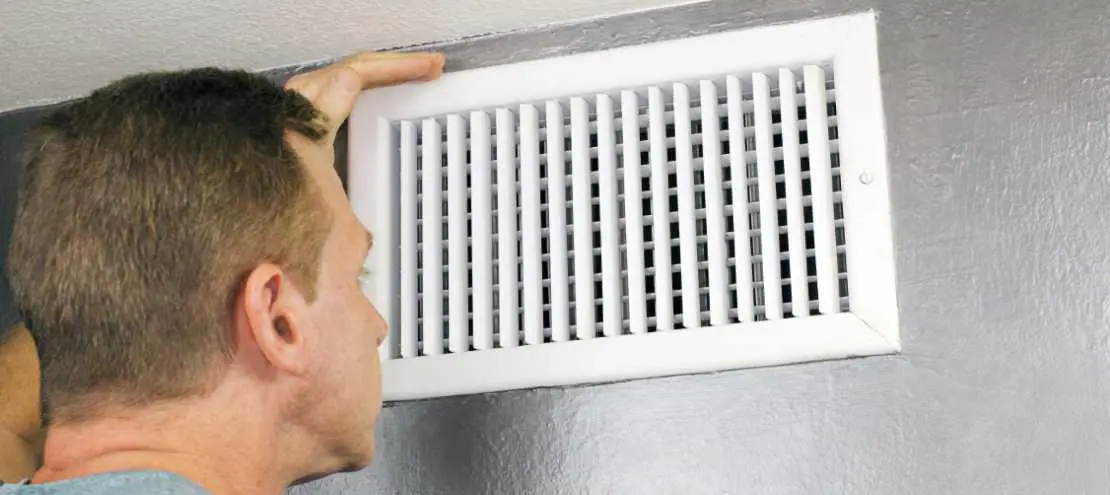HVAC Zoning Pitfalls We See Most Often
Taking advantage of the latest technology for your home’s climate control system is a great way to save energy and money. Zoning your home’s HVAC equipment is one way to save between 20-40% on energy efficiency by some accounts. But when zoning is incorrectly installed, it can have some unexpected effects, including frequent breakdowns. Zoning an air conditioning and heating system can be tricky because it requires precision to work correctly. Done wrong and the energy savings disappear, rooms experience fluctuating temperatures, and at worst, equipment works too hard, setting it up to fail at an early age. Here’s what you need to know about repair issues we most frequently get called to fix related to zoned HVAC systems in the Houston area.
Zoning Works Best with Variable Speed HVAC Systems
Zoning works best with multi-speed HVAC systems. For example, with a two-speed system, you can take advantage of the fact that your system can work at 66% and 100% capacity. If you have a guest room that is not often used, you can divert air away from it and reduce the amount of cooling or heating you need for the rest of your home. Alternately, on a very hot day, you can direct more cold air to an upstairs room to increase comfort. Other equipment that is needed are motorized dampers within your ductwork to regulate and redirect air where more or less air is needed and a sophisticated thermostat (sometimes multiple) to help control the ventilation so the system stays balanced, air is directed where is should go and your system is working properly (aka not working too hard). There’s specific know-how and a fair amount of math involved to get things working perfectly. When it does, it can be wonderful – saving energy, money, and dialing up the personal comfort.
Skip Zoning with a Single-Speed System
We often see single-speed HVAC systems zoned for two-story homes, which sounds like a perfect fit in theory. It can save during the construction process, but these systems tend to have more maintenance problems over time and tend to underperform from the start. Often, two-story homes that are zoned with one air conditioner/furnace would do better with two separate systems – one serving the upstairs and one serving the downstairs. Many times the ventilation isn’t well-balanced, meaning there is more capacity (air blowing harder!) in certain parts of the system, which can cause a furnace to fail because it is overheating or the air conditioning to freeze up in the summer.
HVAC technicians who know what they are doing don’t usually recommend zoning for a single-speed system anyway because that kind of system doesn’t have the ability to “gear down” like a variable-speed system can. Multi-speed or variable-speed systems give the equipment the ability to work less during temperate weather. This is how they do so well with efficiency. A one-speed system can only blow at capacity, so there is never the option to cycle lower. It’s either on or off, and it’s more likely to be “on” if the ventilation isn’t balanced and/or it’s not quite big enough for what the house needs in the heat of the summer.
Air Delivery Gone Wrong With Zoning
The ventilation and ducting for moving the air is a critical ingredient to a zoning system’s success. When a central air conditioning and heating system (or heat pump and air handler) is zoned , it takes some know-how to make sure the air flow is balanced throughout the system. If you only need a little heating in one small room and your furnace is going full blast, the hot air that isn’t needed will need to go somewhere. A variable speed system can cycle down to balance the air flow; a one-speed system can’t do that, which makes balancing so much harder. When there is too much hot or cool air and there is no place for it to go, it will freeze up your air conditioner in the summer and overheat your furnace in the winter. This means your equipment will stop working when you most need it.
Installing a by-pass duct to relieve the excess pressure within zoned system ducting is one solution we see often. We don’t advise this tactic because while it does reduce air pressure, it doesn’t take into account temperature differentials – making it even more likely for your system to work less efficiently or freeze up/overheat. We also rarely see them installed correctly as per Manual Z, the technical manual from the Air Conditioning Contractors of America.
Give Us A Call for Expert Help
When HVAC zoning is set up properly, it can enhance your home’s energy efficiency and increase your home’s comfort, but it is also one of the most common installation errors we see in new homes today in the Houston area. Contact Rob and Kenny of Terry’s A/C and Heating at 281-495-7830 if we can help you sort out a zoning snafu. We serve residential and light commercial customers on Houston’s west side along the IH-10 corridor up to the Medical Center and including Rosenberg, Fulshear, Katy, and Sugarland. Our family-owned team is a Carrier Factory Authorized Dealer that maintains and repairs all makes and models of air conditioning and heating equipment. We are known for fixing HVAC systems others say can’t be fixed. Find out what makes Terry’s A/C and Heating different from others and how our family got into the business.


 For
For  Call Us:
Call Us:  Text Us:
Text Us: 



